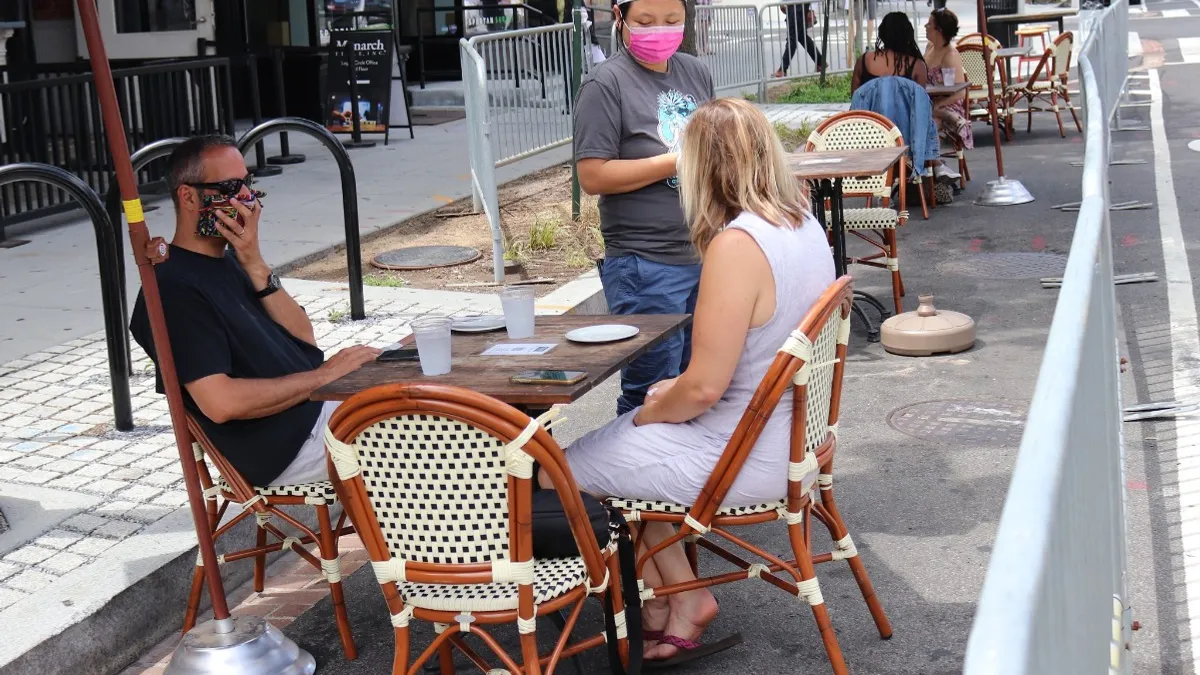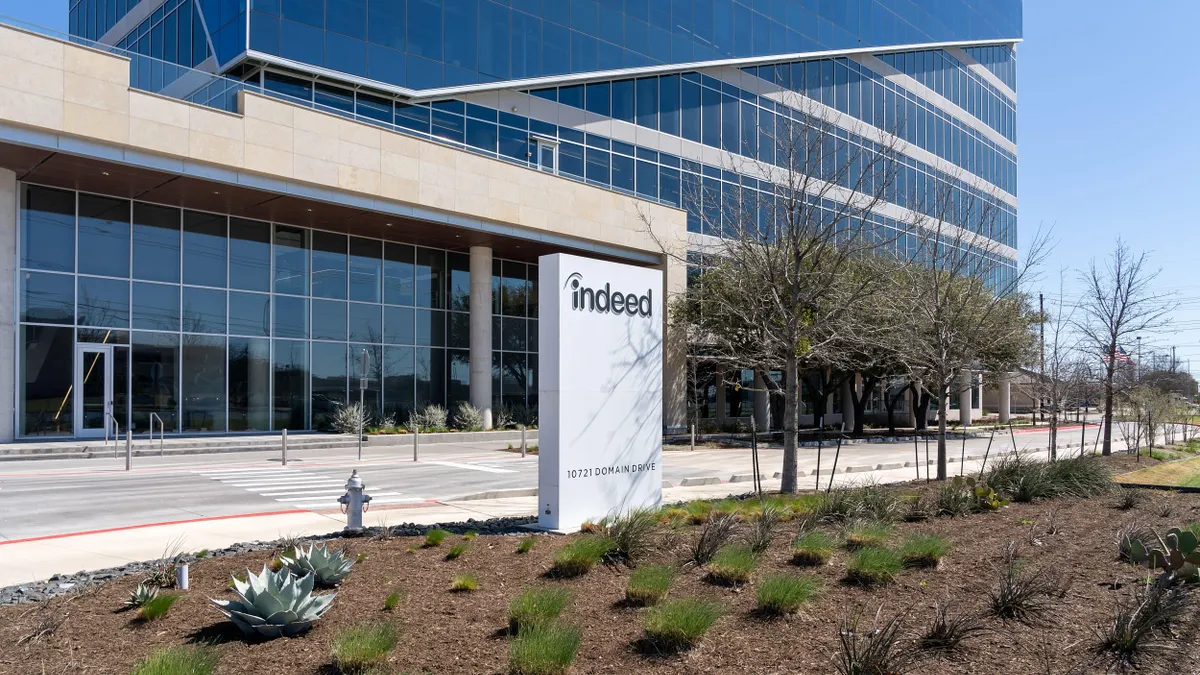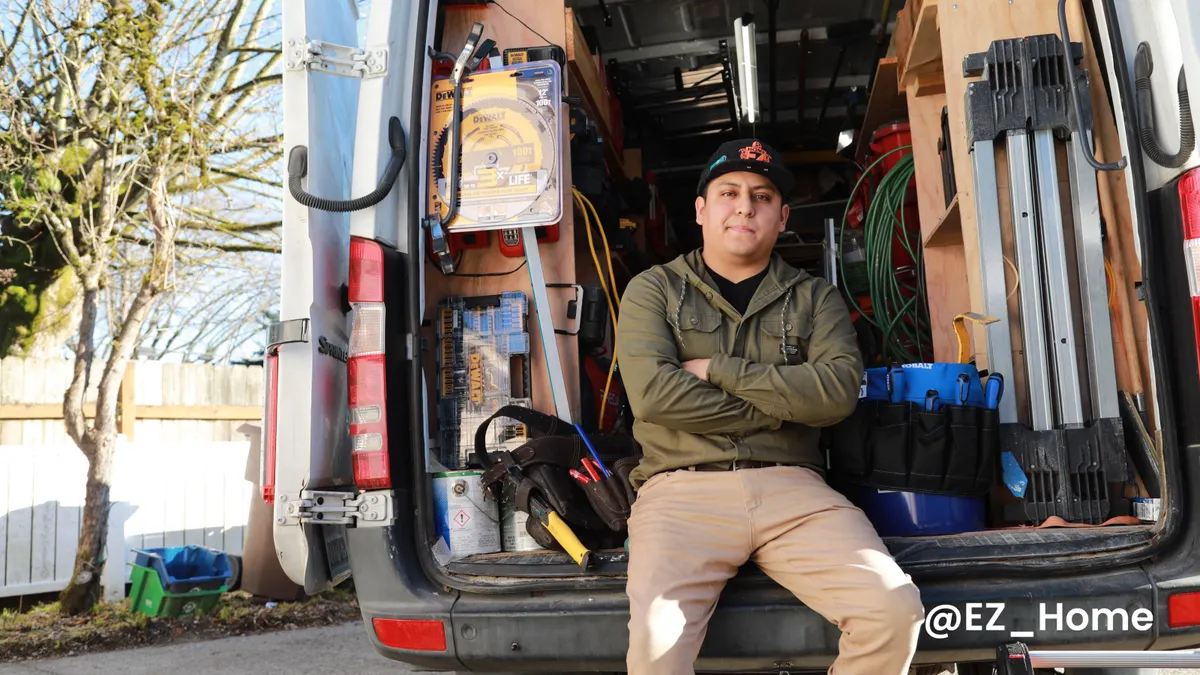Robert J. O’Hara is a Member of the Firm in the Employment, Labor & Workforce Management practice, in the New York office of Epstein Becker Green. Views are the author's own.
As the U.S. emerges from COVID-19 confinement, new concerns arise every day, especially for employers with public-facing services like many in the food and beverage industry.
So what are restaurants, supermarkets, bars and the like supposed to do?
Let’s start with the basics. Focus on the groups of people you need to protect (or be protected from) — your employees and your customers. As an employer, the Occupational Health and Safety Act of 1970 requires you to provide employees with a safe workplace. The Act’s General Duty Clause requires employers to furnish to each worker "employment and a place of employment, which are free from recognized hazards that are causing or are likely to cause death or serious physical harm."
That sounds reasonable, but what does it really mean in the COVID-19 era? To be candid, it is clear as pea soup. The General Duty Clause is a catch-all requirement and is used by the Occupational Safety and Health Administration (OSHA), among other times, when there are no controlling standards to enforce. COVID-19 is caused by a coronavirus called SARS-CoV-2 that is transmitted primarily through airborne transmission; but OSHA regulations have no "airborne pathogen" standard. The AFL-CIO recently sued the U.S. Department of Labor, OSHA’s parent, aiming to force the creation of an emergency rule for airborne pathogens, but a federal appeals court dismissed the case. Some in Congress have also called for a new standard, but the Secretary of Labor has repeatedly stated that OSHA has enough standards and regulations in place.
In the absence of a standard directly on point, OSHA looks at other available standards such as personal protective equipment (PPE), respiratory protection and bloodborne pathogen standards. While the average employer may be unfamiliar with some of those rules, the food and beverage industry has PPE standards and is very familiar with OSHA, but in a different way. Not many restaurants, supermarkets, bars or processing plants have N95 or surgical masks in inventory, nor have they had to use them before now. Meat and poultry processors are heavy PPE users (gloves, shoes, helmets, chainmail) but these are all used to prevent physical injury, not combat a virus.
One recent lawsuit against Smithfield Foods, the largest pork producer in the U.S., highlights some of the challenges food processing employers face. The suit, Rural Community Worker’s Alliance et al v. Smithfield Foods Inc. et al., No. 5:20-CV-06063, filed in the U.S. District Court for the Western District of Missouri, claimed that Smithfield:
- Did not provide sufficient PPE to its employees.
- Forced workers to work shoulder to shoulder and scheduled their work time and breaks in a manner that forced workers to be crowded into cramped hallways and restrooms.
- Refused to provide workers sufficient opportunities or time to wash their hands.
- Discouraged workers from taking sick leave when they were ill and established bonus payments that encouraged workers to come into work sick.
- Failed to implement a plan for testing and contact-tracing workers who may have been exposed to the virus.
Smithfield plants in other states reportedly had, according to court documents, severe COVID-19 outbreaks and several of those plants had to cease operations for a time — thus impacting the food supply chain.
Smithfield claimed they had not done any of the things the employees complained of at the plant in question. Perhaps learning from its other plant experiences, Smithfield employed various tactics here including:
- Hand sanitizing when workers left the production line and entered common areas.
- Adjusted work start times, lunch and break times to promote social distancing.
- Provided adequate spacing in break and lunch rooms.
- Increased sanitization, as often as every two hours in the plant.
- Erected clear plastic barriers along the production line to separate employees working across from and side-by-side other employees.
The court held that Smithfield was protecting its workers and dismissed the suit. One relevant fact here was that none of the plaintiffs or workers had COVID-19. They were merely -- but understandably -- worried about getting it.
Other guidance is also available in the food space. In April, President Donald Trump signed an executive order authorizing the Secretary of Agriculture to take all appropriate action "to ensure that meat and poultry processors continue operations consistent with the guidance for their operations jointly issued by" the Centers for Disease Control and Prevention and OSHA. At the same time, CDC and OSHA issued Meat and Poultry Processing Workers and Employers – Interim Guidance, which provided supplemental guidance to meat-processing plants concerning COVID-19.
Many of Smithfield’s tactics are common features everywhere now: social distancing, masks, hand washing and frequent cleaning of surfaces. Not only do they protect employees, they also protect customers. Done consistently, they give employees and customers the confidence that a restaurant, supermarket or bar is taking COVID-19 seriously and trying to provide a safe environment.
As guidance improves and is more tuned to industry-specific needs, employers will be in a better position to protect both workers and customers. The most important takeaway here is that a thoughtful review and implementation of guidance issued by CDC, OSHA and other agencies may best deter the spread of COVID-19 in the workplace.



















